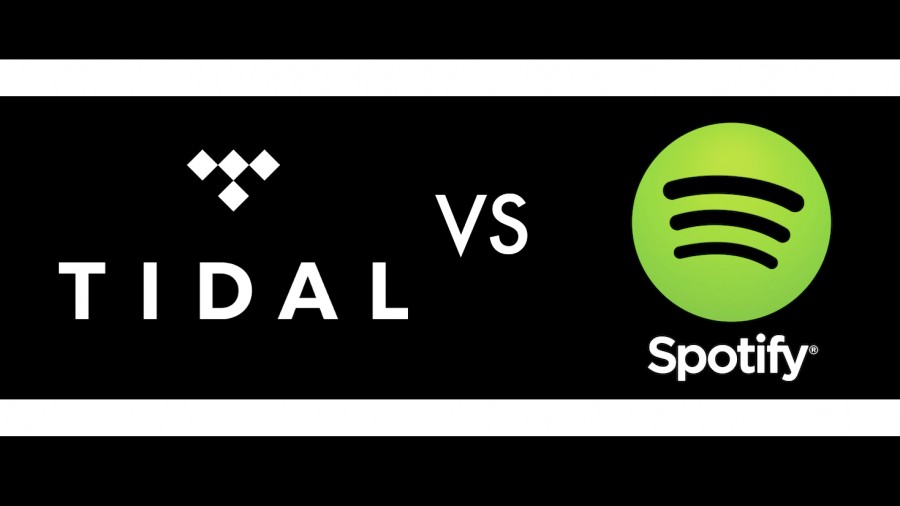Are TIDAL’s technical aspects worth the money?
April 15, 2015
With high anticipation for Jay-Z’s new music streaming service, TIDAL, many have begun to wonder if the music site with oust other services like Spotify. Although they provide three separate file types for streaming quality, exclusive music videos and artist documentaries, it isn’t worth the $20 price tag.
When comparing the sound quality from TIDAL’s Hi-Fi to Spotify’s high quality, it’s obvious that there is a small, yet noticeable difference. That’s because TIDAL uses FLAC lossless audio file for high quality, while Spotify provides OGG 320kbps files for high quality.
A FLAC, or Free Lossless Audio Content, file is a high quality file that is the standard for lossless audio, which is an audio that preserves all of the necessary data from the original studio quality WAV file. FLAC is the gateway to common file types most people use, such as MP3, ACC and OGG files. These files are compressed versions of FLAC, using different compression techniques. This cuts the sound quality by taking away some of the nonessential elements that makes the sound fuller. Most people would find the FLAC file type inconvenient, because of its memory size.
A FLAC file is 1,411 Kbps, which makes it about 10 megabytes per minute. Using this file type offline is great, but streaming from your data plan will hurt your wallet if you use the service too much.
MP3, OGG and ACC all range from having a bitrate from 64 Kbps to 320 Kbps in most cases. 64 Kbps is the standard quality for streaming, which lowers the quality and the amount of data your phone uses. 128 Kbps is the mid-range high quality standard used by online retailers like iTunes and Google Music. 320 Kbps is the highest quality small size compression file type. Every second of a song consists of 64 Kbs to 320 Kbs of data. At 120 Kbps, a song is about one megabyte per minute. Spotify uses the OGG file type, which is higher quality than normal MP3s. They provide 64 Kbps for mobile users, 128 Kbps for desktop and high quality mobile. 320 Kbps are provided at high quality for desktop and extreme quality for mobile users.
TIDAL uses the ACC file type, which is also higher quality than MP3, at 96 Kbps for the basic subscription. This one is best for mobile streaming. Then they have 320 Kbps for high quality AAC and FLAC 1411 for the lossless audio quality they promise.
Spotify gives its 64 Kbps and 128 Kbps service for free through their mobile and desktop subscriptions. TIDAL doesn’t have a free subscription, but they do provide 96 Kbps for their standard subscription, which is $10 a month.
Spotify Premium is also $10 a month, but provides the 320 Kbps quality that TIDAL only provides at their $20 per month premium subscription. At $20, TIDAL provides their lossless FLAC quality and the 320 Kbps content.
When comparing Spotify’s 320 Kbps OGG file type sound to TIDAL’s FLAC 1411 Kbps sound, there is an obvious difference. The music sounds and feels fuller when listening to the FLAC files. It sounds obvious, but you just feel the music differently when you listen to a lossless audio file.
However, that feeling is still not worth the extra $10 a month. The 320 Kbps OGG music file gives the best deal for a great sound quality. Plus, if you’re a college student you only have to pay $4.99 a month with Spotify’s student discount. Even with its exclusive editorial content and videos, Spotify provides the best deal for the provided service.


















